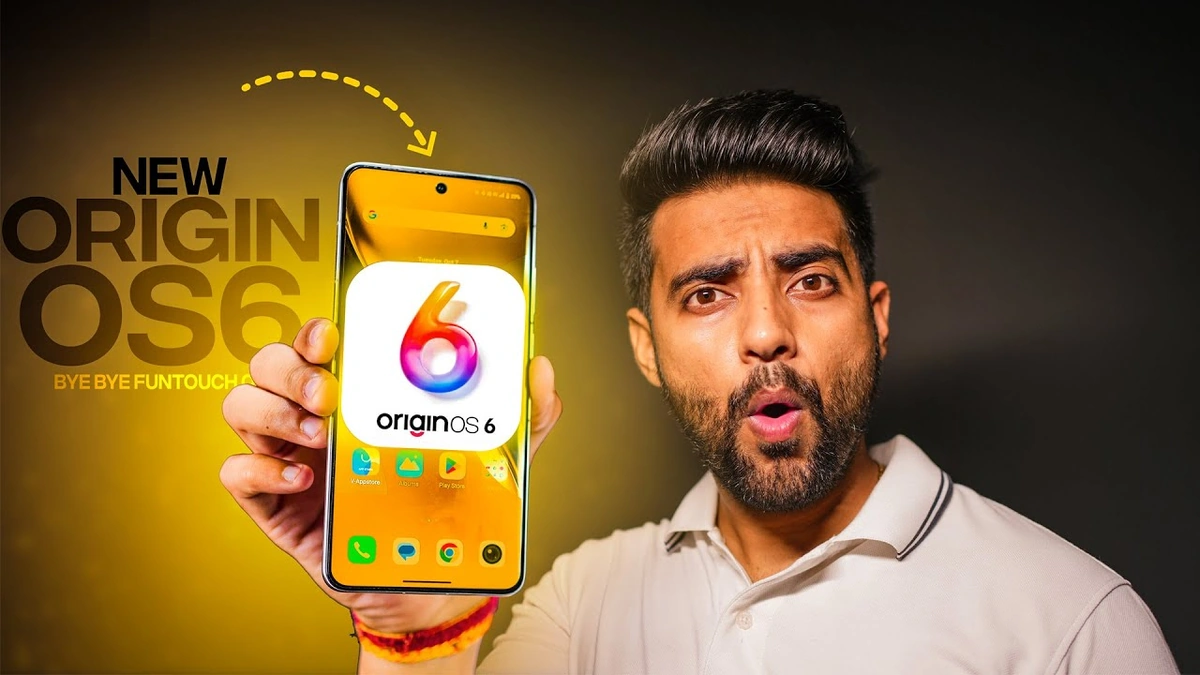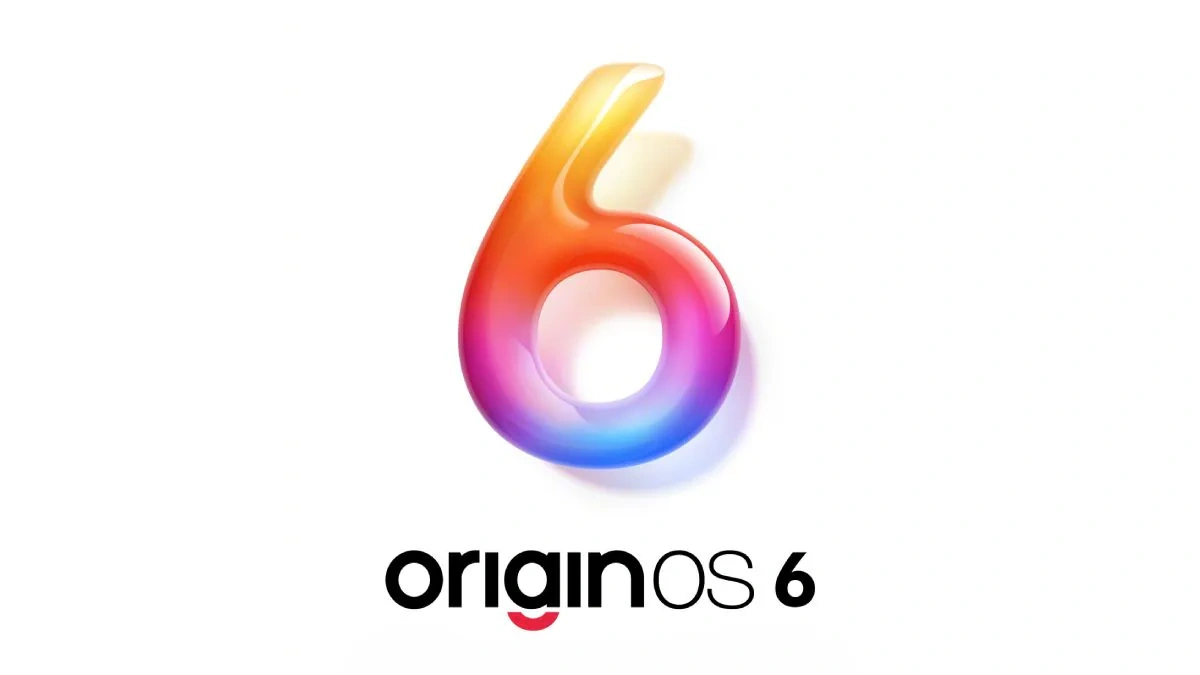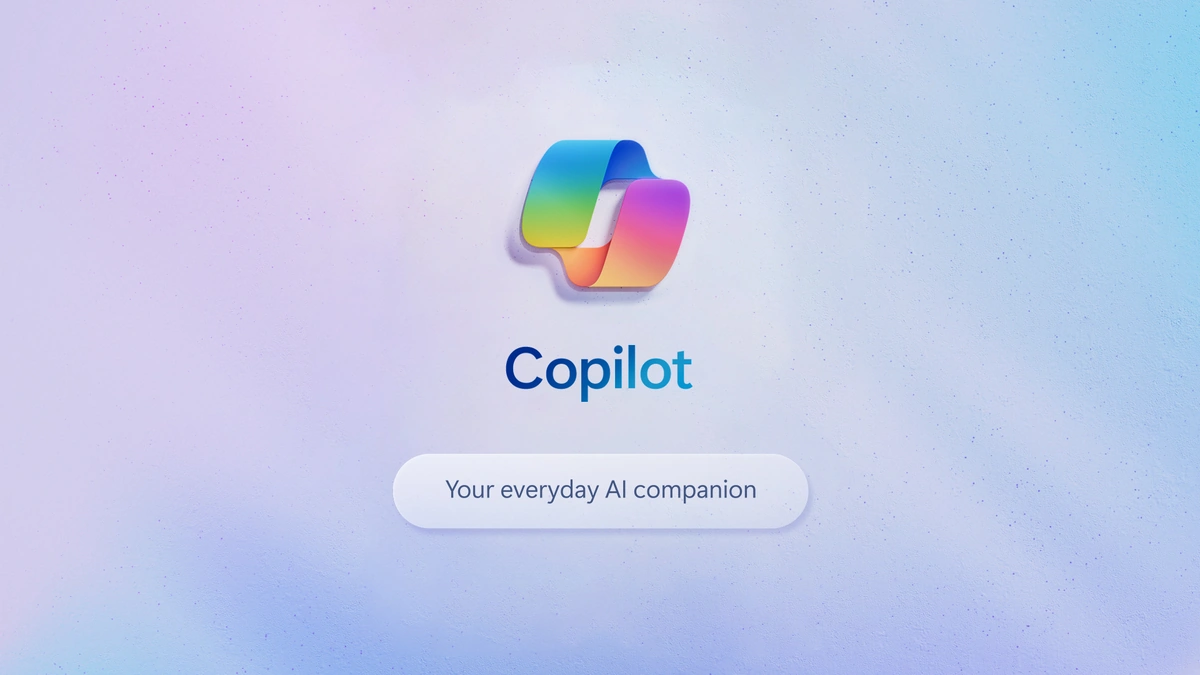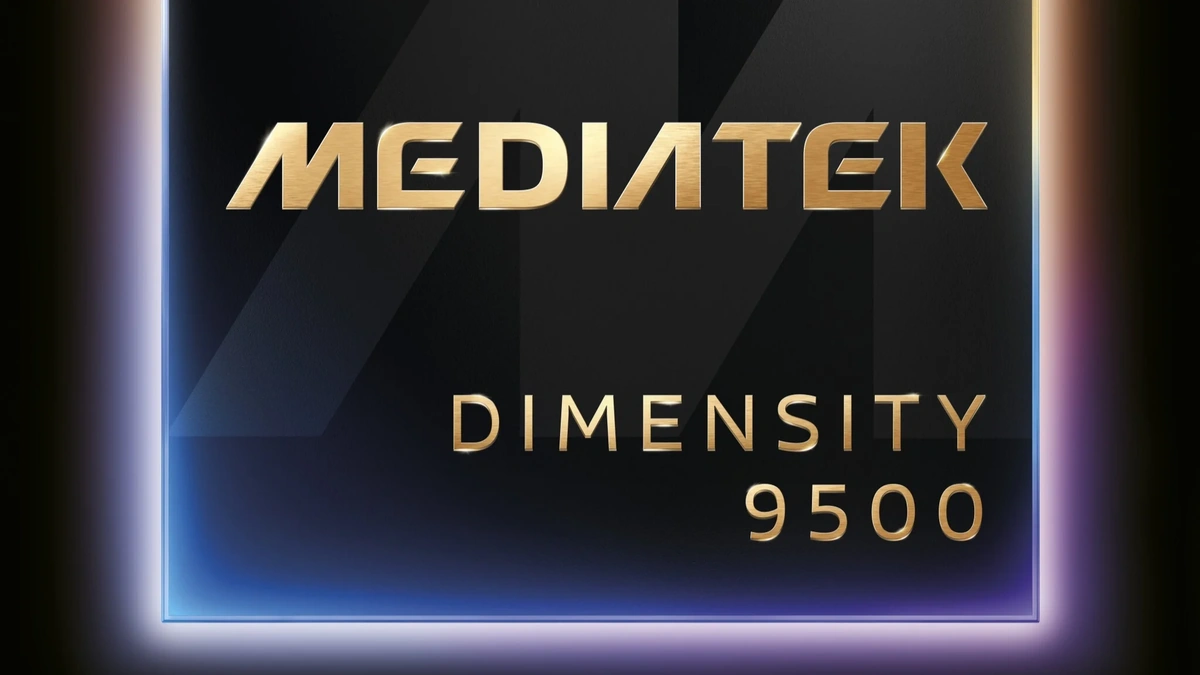Vivo Unveils OriginOS 6 and BlueOS 3 | Liquid Glass Design and AI Features
Okay, let’s be honest. We’ve all seen phone UI updates that promise the moon and deliver… well, a slightly shinier version of the same old thing. But when Vivo announces a new version of OriginOS 6 , especially alongside BlueOS 3 , it’s time to sit up and pay attention. Why? Because Vivo doesn’t just tweak; they rethink. They consistently try to redefine what a mobile experience can be. It’s not just about the specs; it’s about the feeling. So, what makes this release different? Let’s dive in.
Why OriginOS 6 Matters | Beyond the Hype

So, what’s the big deal? Here’s the thing: it’s not just about a fresh coat of paint. OriginOS 6 promises a deeper level of integration between hardware and software, aiming for an experience that’s fluid, intuitive, and, dare I say, delightful. This latest update is built on Android 14. Vivo focuses on efficiency and personalization. That means better resource management and intelligent customization to better fit each user’s style. It’s a subtle but significant shift towards an OS that anticipates your needs rather than just reacting to them. You can anticipate improvements to features like smart home integration and improved cross-device functionality.
And this matters now more than ever. We’re living in a world where our phones are extensions of ourselves. They’re our communication hubs, our entertainment centers, our creative tools, and our gateways to the world. A clunky, unintuitive OS adds friction to every interaction. A seamless, well-designed OS fades into the background, letting you focus on what truly matters. Vivo is betting that OriginOS 6 will be the latter.
I initially thought this was just marketing fluff, but then I realized that Vivo has a track record of pushing boundaries with their UI design. Their previous iterations of OriginOS have introduced innovative features like interactive widgets and dynamic theming, setting them apart from the competition. This new version seems to double down on that commitment to innovation.
Liquid Glass Design | A Visual Treat
The term “liquid glass design” gets thrown around a lot, but with OriginOS 6 , it seems like Vivo is taking it seriously. The interface elements are designed to mimic the fluidity and transparency of liquid, creating a visually appealing and immersive experience. Think subtle animations, smooth transitions, and a general sense of depth. The UI is more dynamic and responsive. Imagine icons that gently morph and react to your touch, or a home screen that adapts to the time of day. These are small touches, but they add up to a big difference in the overall user experience.
But it’s not just about aesthetics. The liquid glass design also aims to improve usability. The transparency effects allow you to see more of the content underneath, making it easier to navigate and multitask. The smooth animations provide visual cues that guide your eye and make the interface feel more responsive.
And, let’s be real, in a sea of increasingly similar-looking smartphones, a visually distinct OS can be a major differentiator. It’s a way for Vivo to stand out from the crowd and appeal to users who value design and aesthetics. The visual appealis important to many users.
AI Features | Smarter, Not Just More
AI is the buzzword of the decade, but OriginOS 6 appears to be integrating AI in a way that’s actually useful, not just gimmicky. The focus seems to be on using AI to personalize the user experience, optimize performance, and automate tasks. One of the most interesting AI-powered features is the intelligent assistant, which can learn your habits and preferences and proactively offer suggestions and assistance. For example, it might remind you to leave for your appointment based on traffic conditions, or suggest a playlist based on your current mood.
But AI should be invisible and seamless. One of the things that I appreciate about Vivo’s approach to AI is that it’s not intrusive. It’s not constantly bombarding you with notifications or trying to take over your phone. Instead, it works quietly in the background, making your life easier without getting in the way. And BlueOS 3is adding it at a deeper level. The AI integration should be useful and helpful.
This is where the rubber meets the road. Many phones say they have AI features, but often it’s just marketing speak. If Vivo can deliver on its promise of truly intelligent and helpful AI, OriginOS 6 could be a game-changer. It is important to find real and useful applications of AI.
BlueOS 3 | Extending the Ecosystem
While OriginOS 6 is designed for smartphones, BlueOS 3 is Vivo’s operating system for its ecosystem of connected devices, including smartwatches, earbuds, and smart home appliances. BlueOS 3 aims to provide a seamless and unified experience across all of these devices, allowing you to control your smart home from your watch or seamlessly switch between your earbuds and your phone.
This is where Vivo is really thinking long-term. The future of mobile computing is not just about phones; it’s about a connected ecosystem of devices that work together seamlessly. By developing its own operating system for its ecosystem, Vivo is positioning itself to compete with the likes of Apple and Samsung, who have already established strong ecosystems of their own. And what fascinates me is how they are achieving device connection. The goal is to develop a seamless experience.
The Road Ahead for OriginOS 6
Of course, the success of OriginOS 6 will depend on a number of factors, including its availability, its performance, and its reception by users. But based on what we’ve seen so far, it looks like Vivo is on the right track. They’re not just chasing trends; they’re thinking deeply about what a mobile operating system should be and how it can improve people’s lives. Will OriginOS 6 and BlueOS 3 redefine the mobile experience? Only time will tell. But one thing is clear: Vivo is not afraid to challenge the status quo and push the boundaries of what’s possible. This effort for a new mobile experience is welcome in a crowded market.
FAQ About OriginOS 6
When will OriginOS 6 be released?
Vivo hasn’t announced a specific release date yet, but it’s expected to roll out to eligible devices in the coming months. Keep an eye on Vivo’s official channels for updates.
Which devices will get OriginOS 6?
Vivo hasn’t released a list of compatible devices, but it’s likely that its latest flagship phones will be among the first to receive the update.
Will OriginOS 6 be available outside of China?
While OriginOS has traditionally been focused on the Chinese market, there’s a good chance that OriginOS 6 will be available in other regions as well, given Vivo’s growing global presence.
What if I encounter bugs or issues after updating?
Vivo typically provides support channels for users to report bugs and issues. You can usually find information on their website or through their customer support channels.













